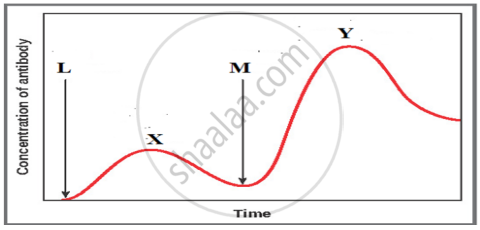Advertisements
Advertisements
प्रश्न
Describe the role of bacterium Thermus aquaticus in carrying the process of polymerase chain reaction.
उत्तर
Bacterium Thermus aquaticus produces an enzyme called Taq polymerase, which is resistant to denaturation by heat treatment. This enzyme is used to amplify a specific DNA fragment in a polymerase chain reaction (PCR) technique. The enzyme utilizes building blocks [dNTPs (deoxynucleotides)] to extend the primer.
APPEARS IN
संबंधित प्रश्न
Explain enzyme – replacement therapy to treat adenosine deaminase deficiency. Mention two disadvantages of this procedure.
What is genetically engineered Insulin?
How was Insulin obtained before the advent of rDNA technology? What were the problems encountered?
What are DNA vaccines?
The site of production of ADA the body is ______.
With regard to insulin choose the correct options.
- C-peptide is not present in mature insulin.
- The insulin produced by rDNA technology has C-peptide.
- The pro-insulin has C-peptide.
- A-peptide and B-peptide of insulin are interconnected by disulphide bridges.
Choose the correct answer from the options given below.
The Adenosine deaminase deficiency results in ______.
Name the five key tools for accomplishing the tasks of recombinant DNA technology. Also mention the functions of each tool.
A cell-free method of amplifying DNA first developed in the mid 1980's revolutionised the field of biotechnology, Name the method and explain the basic steps of the technique involved.
The graph given below indicates the administration of the first (L) and second dose (M) of a vaccine. The corresponding response of the body is indicated by X, and Y. Interpret the graph and explain the reason for such a response shown by the body.

